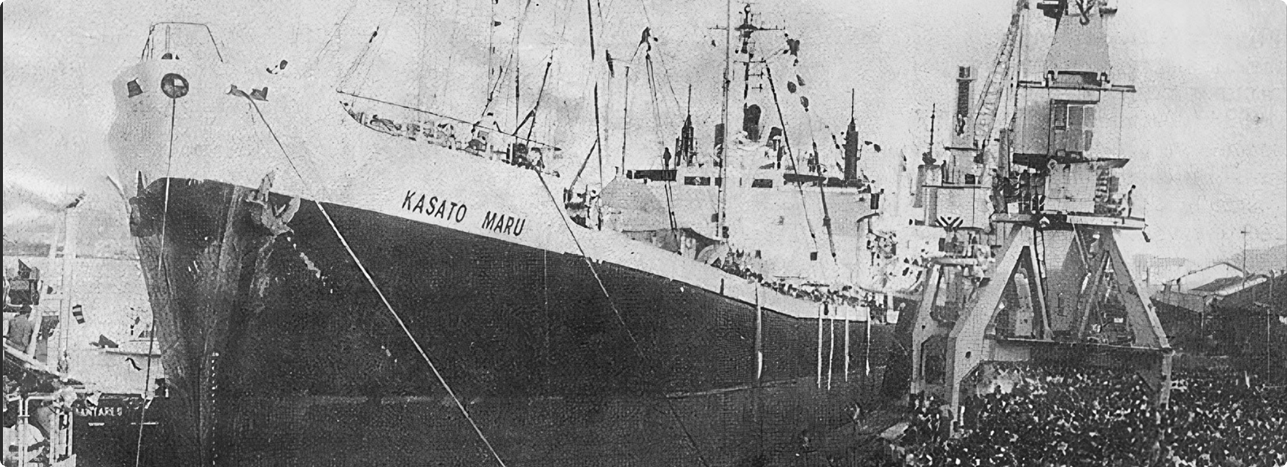2025 | © All rights reserved - Apex-Brasil
 In July 1906, the Kasato-maru was chartered by the Oriental Emigration Company and became the first steamship used to transport Japanese emigrants to Brazil.
In July 1906, the Kasato-maru was chartered by the Oriental Emigration Company and became the first steamship used to transport Japanese emigrants to Brazil.
Currently, about 2.5 million Japanese and their descendants live in Brazil, forming the largest population of Japanese origin outside Japan, while approximately 210,000 Brazilians live in Japan.
Japanese immigration to Brazil began in June 1908, when the first citizens arrived at the port of Santos, brought by the ship Kasato Maru. Shortly before, in 1895, the two nations signed the Treaty of Friendship, Commerce, and Navigation, marking the beginning of relations that continue to this day.
Throughout this entire period, countless stories unfolded - destinies intertwined in a unique experience for both the migrants and the Brazilian society that welcomed them.
The presence of Japanese immigrants in Brazil has been marked by physical and cultural traits that, over the years, have blended into Brazilian society in different regions. The state of São Paulo, the most industrialized in Brazil, leads with more than 1.3 million nikkeis (descendants born outside Japan) living mainly in the capital, followed by other Brazilian states such as Paraná in the South, Mato Grosso do Sul in the Midwest, Pará in the North, and Bahia in Northeast of the country.
The Japanese who arrived in São Paulo found employment in food production and gradually moved to other cities and states. An example is Pará, which began receiving Japanese immigrants between 1952 and 1965 due to incentives offered by the local government for agroforestry activities. The municipality of Tomé Açu has a large community of immigrants and descendants who work in the cultivation of black pepper and fruits such as cupuaçu, pitaya, melon, watermelon, and açaí, as well as cocoa.
In the early years of their arrival in Brazil, the reality encountered by the immigrants was entirely unknown. The Japanese progressively absorbed Brazilian culture while determined to maintain their identity and habits.
As sociologist Hiroshi Saito recounts in his book "The Japanese in Brazil: A Study of Mobility and Settlement (1961)," Brazil marked Japan's emigration policy in 1925 by ceasing to be a country that received the demographic surplus and becoming a destination for investments. Thus, for more than seven years, there was an intense influx of Japanese into the country until the Brazilian government passed legislation in 1934 restricting the entry of immigrants.
Throughout history, the mutual influence between the two countries has become evident, leading to cooperation in various fields. From the 1960s to the 1980s, major companies were established with reciprocal support, such as the steel company Usiminas, which had Japanese participation in its formation - it was Japan's first large-scale foreign investment after World War II - Cenibra (Celulose Nipo-Brasileira S.A), and Albras (Alumínio Brasileiro), the largest producer of primary aluminum in Brazil. There is also Toyota, which arrived in Brazil in 1958, establishing a factory in the city of São Paulo, becoming the company's first operation outside Japan.
The history between the two countries is extensive and intense. Despite the great geographical distance between Japan and Brazil, it is fair to say that Japanese culture is appreciated in Brazil. To better understand this exchange between the two nations, there are several sites with relevant and legitimate data. Check out some:







